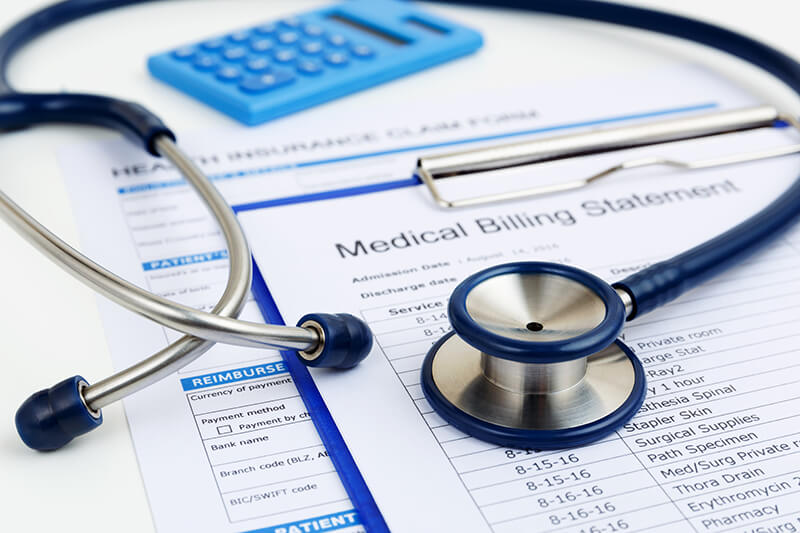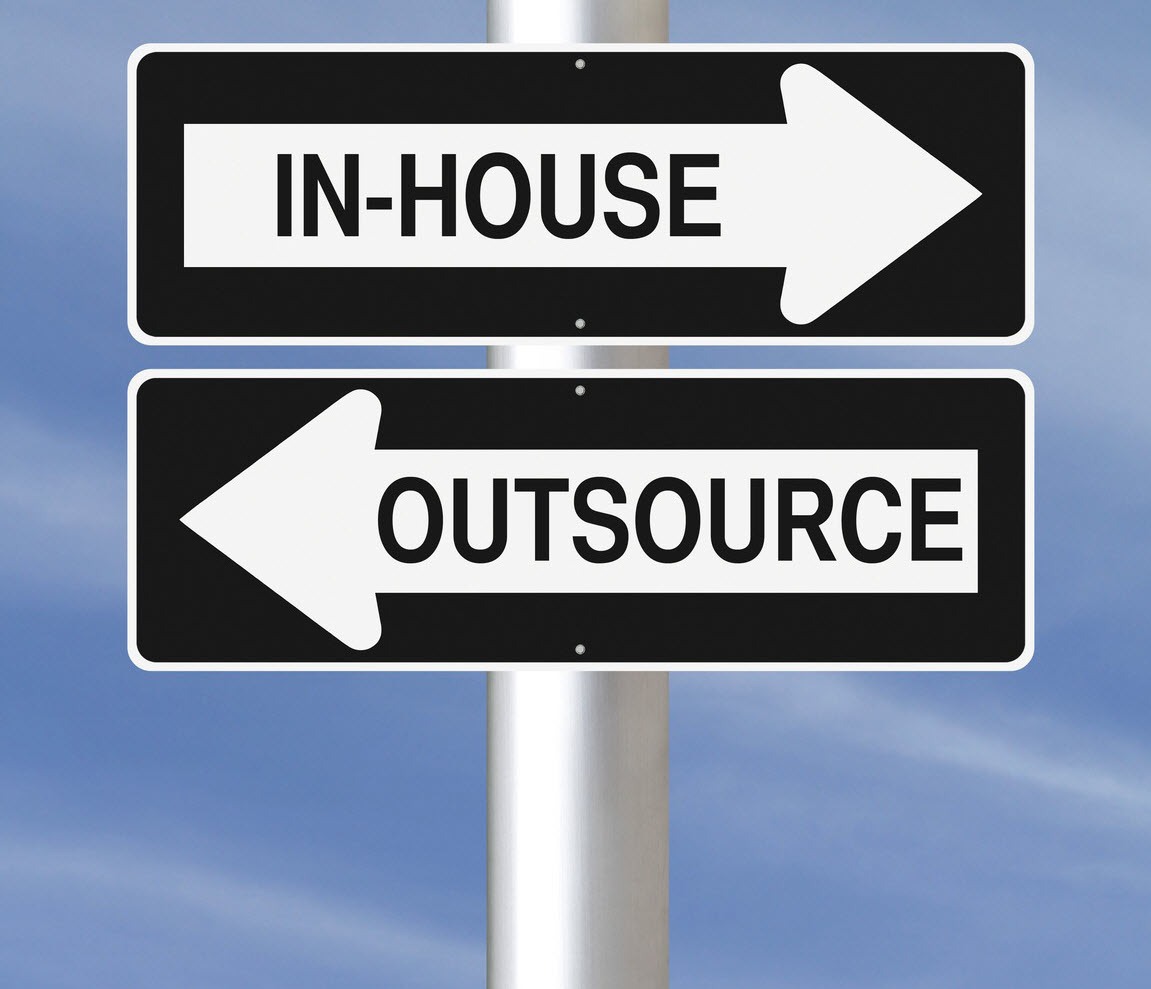The world of media has, more than often, acted as the spokesperson for “all those poor patients who have been struck with the chronic pain of making medical bill payments, forcibly by the heartless medical parasitic fraternity.”
But, recent studies portray a different picture, showing a substantial number of private practices facing negative impacts due to non-payment of bills by their patients. This emerging trend has made it more necessary for private practices to devise newer and innovative methods of timely bill collection from their patients.
The key to effective bill collection is
“ Getting the patient to make timely payment of their medical bills while still ensuring consumer recall and loyalty.”
How can a private practitioner achieve this ? Simple!
A practice has to, above anything else, make the patient feel valued. They need to further explain as to how the process of bill payment is not just for the benefit of the provider alone but is an equally important opportunity to serve their patients better.
The easiest way to to ensure timely payment of medical bills by their patients, is to follow a basic method:
The 5 Ws and H Method
This method will inadvertently answer most if not all questions pertaining to efficiency of billing process.
1. Who ?
-
The situations leading to any kind of medical expense is not one of a financial nature alone; it also tends to be sensitive. Asking a patient to pay their current or pending bills, without making it seem forced, requires effective tactfulness and people skills.
-
Most doctors may find this situation too awkward to handle themselves.
-
A skilled staff member should be appointed with the purpose of accomplishing such tasks for the practice.
-
Always make sure that your staff contacts the right person authorized to make the payments.
2. What ?
-
In between the confusion of how much of the medical expense is insured and how much has to be paid, a lot of time and energy is lost and the bill remains unpaid.
-
Carefully analyze and verify the patient’s insurance policy. This helps save any extra time and cost that would otherwise be wasted in pursuing both the patient as well as the insurance provider.
-
Plan and adopt a detailed Payment Policy for your practice. This ensures transparency in the understanding of the payment regulations of the practice as well as the willingness and ability of the patient to pay.
An effective Payment Policy should comprise of the following:
-
Use of legally binding language.
-
Proof of acknowledgement by the patient.
-
Resultant action in case of violation of policy terms.
-
Outstanding balance interest rates and No Show Policy.
3. When ?
-
The patient should be notified of the exact time period within which the payment must be completed, preferably before initiating the treatment.
-
In case the patient is unable to pay at the moment, offer an installment payment method.
4. Where ?
- It is advisable to bring up matters regarding the Billing Process within the premises of the Emergency Room in the form of a personal conversation.
5. Why ?
- Non payment of bills, for a practice means, an unbalanced cash flow and wastage of many resources.
- Outstanding bills may prove to be a matter of discord between the practice and the patient.
6. How ?
Instead of the usual “When would you pay?”, asking “How would you pay?” is bound to get more positive responses. Certain patients might use the former as an opportunity to justify their inability to pay, whereas the latter ensures a certain obligation on part of the patient to provide an agreeable answer.
-
Always explain in advance the Payment Policy in detail to the patient.
-
Make the patients aware of the various payment options available.
-
Besides cash payment, make card and online payment options available.
-
Several practices have built strategic alliances with banks for the purposes of providing interest free loans to the patients.
-
Since banks are accustomed to lending and collecting payments, this method tends to be more effective than many.
When planned and executed with careful detail and efficiency , making successful collection of credits would not seem like a big task. Strategic management could prove extremely beneficial for all parties who have vested interests in it. Despite being very elaborate and complex, the process of medical billing can be undertaken with quite ease and flair. All it requires is some meticulous planning and effective execution.



